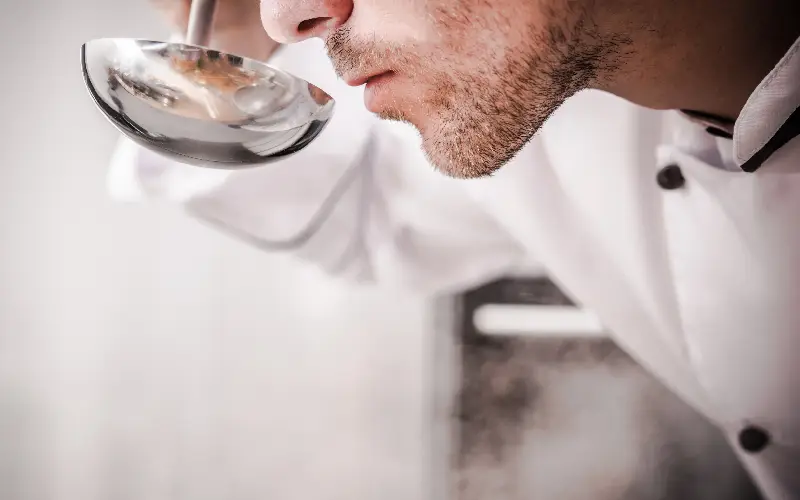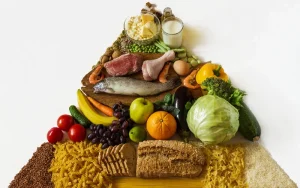Do you know what a supertaster is? It is a person with a high sensitivity to compounds in food that create certain flavors. In particular, these experts have the ability to detect a substance called 6-n-propylthiouracil (PROP). This is thanks to the greater number of taste receptors they have in their mouth, especially on their tongue (Hernandez et al., 2018).
Supertasters are allies of food manufacturers who want to create delicious products for their consumers. Bellow you will learn more about their work, their contributions, and their challenges in the food industry.
Importance of sensory analysis in the food industry
The success of the food industry is determined by the quality and taste of its products. In this mission, the supertaster is crucial to determine whether a food product is ready to go to market. According to Lapeña (2016), sensory analysis serves, among other things, to:
- Analyze the characteristics of food perceived by sight, smell, touch, taste, and hearing.
- Understand the attributes of food products and their relationship with consumer tastes.
- Conduct market research based on product acceptance and preferences over competitors’ products.
- Conduct studies on social or ethnic groups, their preferences, and their appreciation of different food attributes.
In general, supertasters help the food industry to develop products that respond to consumer demands. For example, with the rise of healthy eating and advances in food technology, they have helped create products with less salt, sugar, and saturated fat without sacrificing taste. This has contributed to the success of many brands.
What techniques does a supertaster use to analyze flavors?
As we have already told you, supertasters perform sensory analysis. They determine the sensory properties of foods and predict their acceptability to consumers.
Overall, sensory analysis uses a set of techniques for measuring and evaluating certain properties of foods by one or more of the human senses (INCAP, 2020). These techniques are specialized and depend on the food manufacturer or chef requesting the analysis.
Generally, a supertaster focuses on olfactory-gustatory sensitivity to detect specific product attributes. Hernandez et al.(2018) argue that, depending on the sense they use, these attributes can be:
- Taste: sweet, salty, sour, bitter, and umami.
- Smell: related to the palatability of food.
Now, although taste and smell are crucial for the perception of food taste, the same authors state that other stimuli must also be taken into account. Among them are:
- Cognitive: emotional, social, economic, and cultural factors.
- Auditory: sound of the food, the packaging, or the act of eating.
- Visual: shape, color, portion size and variety in food presentation.
- Tactile: firmness, softness, creaminess, thickness, and crunchiness.
What are the challenges in flavor analysis?
Although supertasters are essential for food quality control, their analysis is by no means free of challenges.Ideally, they shouldkeep their senses sharpened despite age, illness, or when suffering olfactory-gustatory sequelae, such as those caused by COVID-19 (Bubola, 2021).
In addition, a supertaster must undergo highly specialized training to be able to describe the sensations they perceive. This is the only way to obtain reliable, precise, accurate, and representative results (INCAP, 2020). As you can see, the world of the food industry is wide, and you must consider many factors before creating and launching a new product. Therefore, it is important to have excellent raw materials, trained professionals, and specialized support in the manufacture of high-quality perishable food or fresh food.
Referencias bibliográficas
- Bubola, E. (2021, August 22). La covid le arrebató el olfato a un ‘supercatador’. Ahora ayuda a otros a recuperar los aromas perdidos. The New York Times.
- Hernández, M., Martínez, B., Almiron-Roig, E., Pérez-Diez, S., Blanco, R., Navas-Carretero, S., et al. (2018). Influencia multisensorial sobre la conducta alimentaria: ingesta hedónica. Endocrinología, Diabetes y Nutrición, 65(2), 114-125.
- INCAP. (2020). Análisis sensorial para control de calidad de los alimentos.







